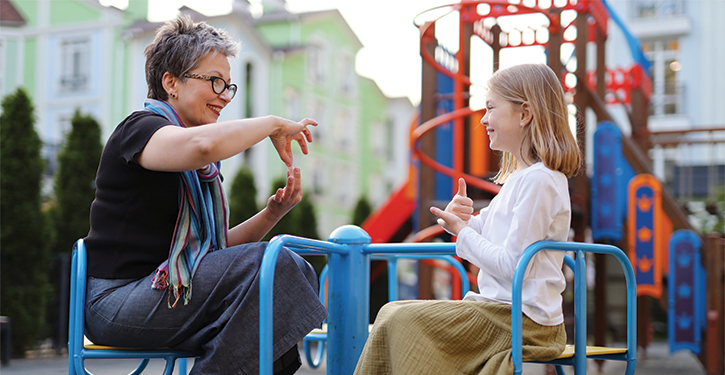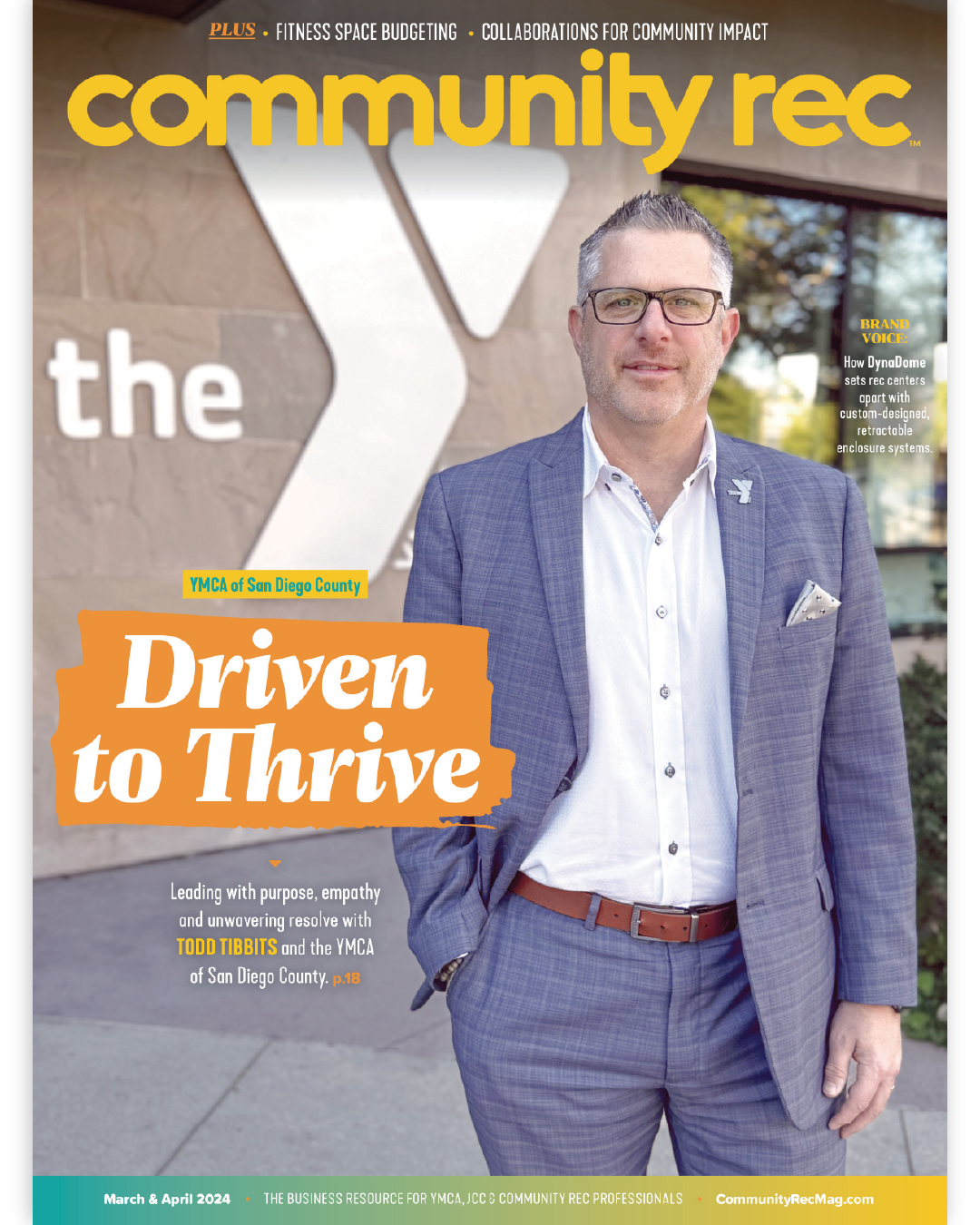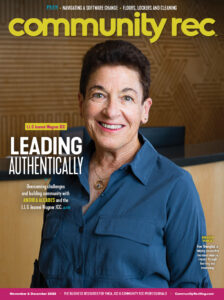Insights and resources on eliminating accessibility barriers for community members with disabilities.
Community recreation centers have come a long way in providing accessible spaces and programs for community members with disabilities. While taking these steps has been important, it’s also necessary to continue learning and seeking to understand the different barriers individuals may face while interacting with your organization.
For example, WHO describes barriers as being more than just physical obstacles. Instead, they are “factors in a person’s environment that, through their absence or presence, limit functioning and create disability.”
When evaluating how accessible your organization and its facilities are to community members with disabilities, consider the CDC’s seven most common barriers:
Attitudinal: stereotyping, stigma, prejudice and discrimination.
Communication: affecting hearing, speaking, reading, writing and understanding.
Physical: structural obstacles that prevent or block mobility.
Policy: lack of awareness or enforcement of existing laws and regulations.
Programmatic: limit the effective delivery of a public health or healthcare program.
Social: conditions in which people are born, grow, live, learn, work and age.
Transportation: lack of adequate transportation that interferes with a person’s ability to be independent and function in society.
Furthermore, a great place to begin is having conversations with other professionals and organizations to see the work they’re doing, who they’re partnering with and what they’ve learned. The rest of this resource will provide just that — insight from a few industry professionals who are actively breaking down barriers for members of their community to make health, fitness and wellness more accessible for all.
Play Accessibility
Preston’s H.O.P.E. is a nonprofit accessible playground named in memory of Preston Fisher who was confined to a wheelchair as a result of spinal muscular atrophy (SMA). Preston’s parents, Jackie and Ken Fisher, and Stacie Halpern, the co-chair for Preston’s Hope and friend of the Fishers, built Preston’s H.O.P.E. in his honor.
The playground is free and open to the public. It’s located on the property of the Mandel JCC and is maintained through donations and an endowment overseen by the Cleveland Jewish Federation in conjunction with the JCC and the Preston Fund for SMA Research.
Halpern shared how the vision for the 60,000-square-foot outdoor play facility came together through the help of dream and design parties.
“We hosted the first party at University Hospitals and included children of all abilities,” said Halpern. “We gave them Play-Doh, Legos and drawing tools and told them to build the playground of their dreams. From that we learned they want to have the feeling of movement and they want to get up high.”
The second dream and design party included teachers, physical therapists and different community members. Halpern shared they gained multiple ideas from this, including a main feature of the playground — Imagination Village. The village contains individually built houses businesses bought that showcase different themes like a town center, fire house, bank, gym and hair salon.
Unique to the village and addressing the children’s wants to get up high, the houses are connected by an upper walkway bridge. Even further, organizers wanted the walkway to be double wide so children in wheelchairs could pass each other without having to back out of the space.
“A lot of times children with disabilities aren’t able to go places full-bodied children are able to go,” said Halpern. “Having children in wheelchairs able to interact with other children and play without fear allows them to just be children.”
Sensory Rooms
The Sensory Room at the Jackson R. Lehman Family YMCA was designed to make the Y available to all. Alesia Glaza, the child watch coordinator at the Y, said the room is open to anybody — those with adaptive needs and without. “It’s a great resource for everyone,” said Glaza. “It’s even been a great way to partner with therapists, schools and different establishments in the community.”
Features of the room and the impacts they have on users include:
Bubble Column: visual and auditory awareness, social stimulation, and object and sound localization.
Picture Wheel: spatial relationships, visual awareness and tracking skills.
Fiber Optic Strands: visual and tactile stimulation, deep muscle relaxation, colors and counting.
Ball Pit: tactile stimulation, body awareness and hand-eye coordination.
Bean Bag Chair: assists poor muscle tone, encourages flexibility and comfortable alternative for sitting.
Resonance Sound and Lighting Floor: visual, auditory and tactile experiences, motor skills, and eye-hand-foot coordination.
Color Cube Controller: color identification and matching, object localization, and teaches cause and effect.
“Whether someone has an adaptive need or they’re just having a stressful day, having a safe place to go to deal with feelings can provide support for a variety of barriers,” said Glaza.
Fitness Accessibility
In a 2020 survey conducted by the National Center on Health, Physical Activity and Disability (NCHPAD) and Degree deodorant, 81% of respondents with disabilities said they don’t feel welcome in fitness spaces.
David Geslak, the president and founder of Exercise Connection — an organization that offers exercise options for those on the autism spectrum and other developmental disabilities — said while access to the environment or equipment may be perceived as the biggest challenge, it’s not.
“Ableism is defined as a network of beliefs, processes and practices that produces a particular kind of self and body — the corporeal standard — that’s projected as the perfect, species-typical, and therefore essential and fully human,” said Geslak. “It runs rampant in the fitness industry and community recreation programs.”
Geslak advised organizations to take notice of the images displayed throughout a facility and the language used in marketing and on the website. He added you can counter the ableism trend by including photos of persons with disabilities in your marketing and other materials you create or display.
Additionally, your staff’s education plays a critical role in making any person feel welcome. “Many community center professionals haven’t been educated on how to work with persons with disabilities,” said Geslak. “Getting educated, earning certificates like the American College of Sports Medicine (ACSM)/Exercise Connection Autism Exercise Specialist certificate and the ACSM/NCHPAD Certified Inclusive Fitness Trainer are good places to start. These provide foundational, evidence-based knowledge to equip staff with the understanding and knowledge they need to serve these communities.”
There are a number of resources available for those seeking to enhance or create more accessible spaces. Consider checking out the Commitment to Inclusion’s Guidelines for Disability Inclusion. The guidelines can be used by any entity to ensure program initiatives and policies are appropriate and accessible.











